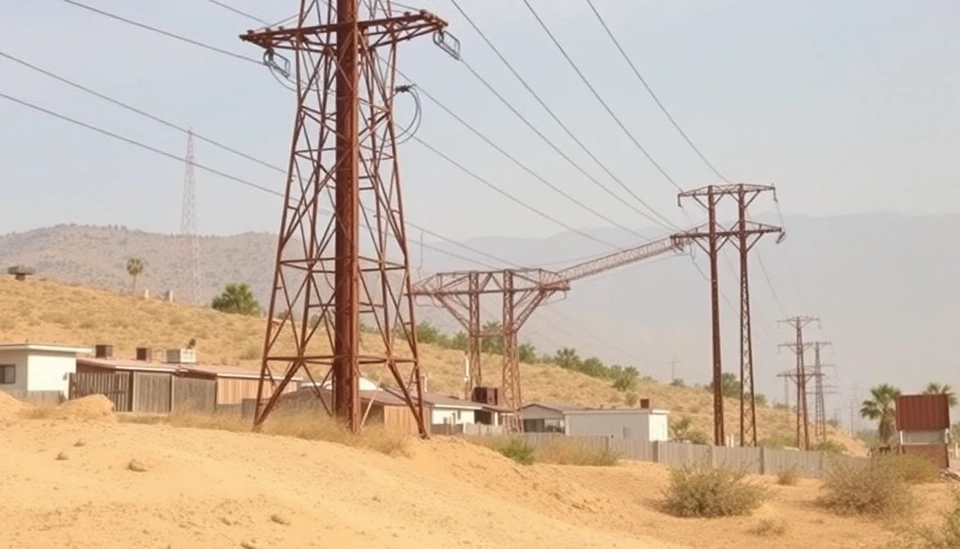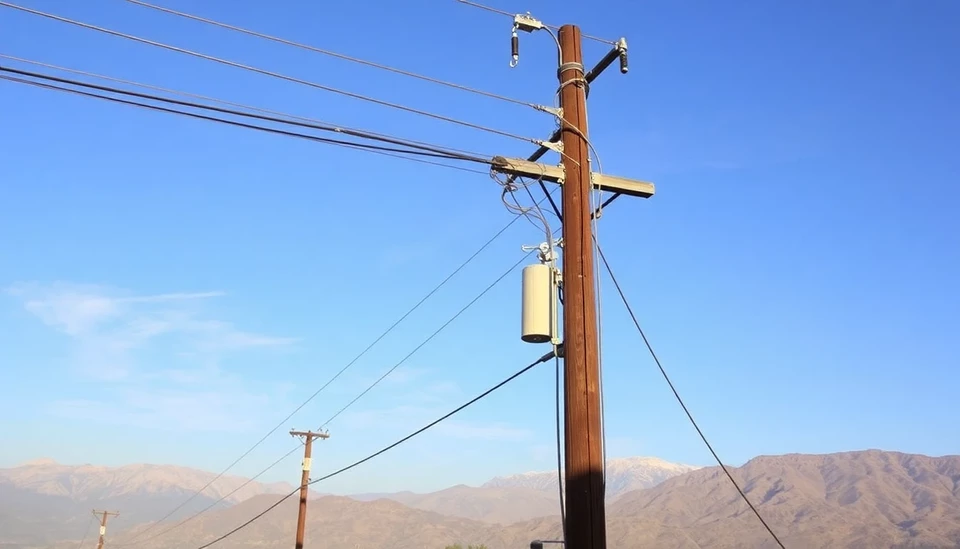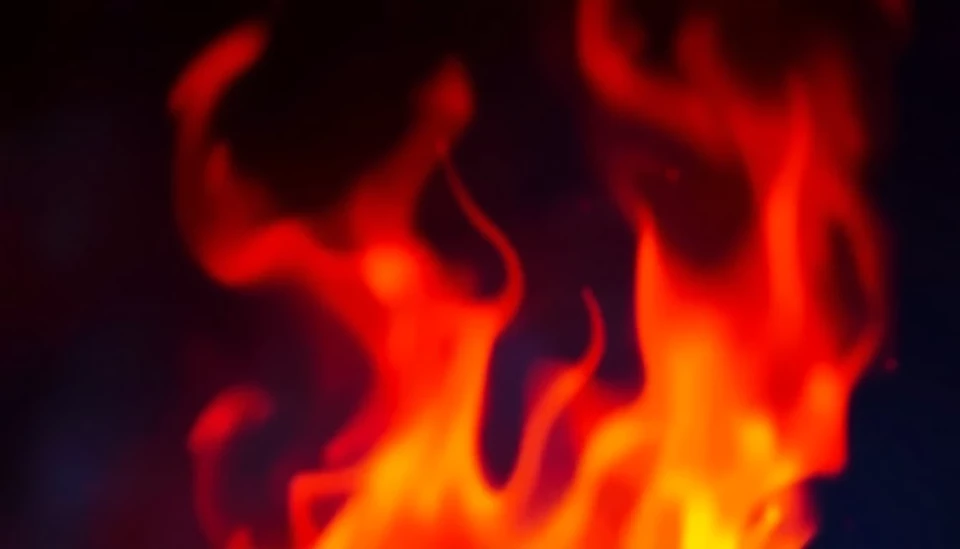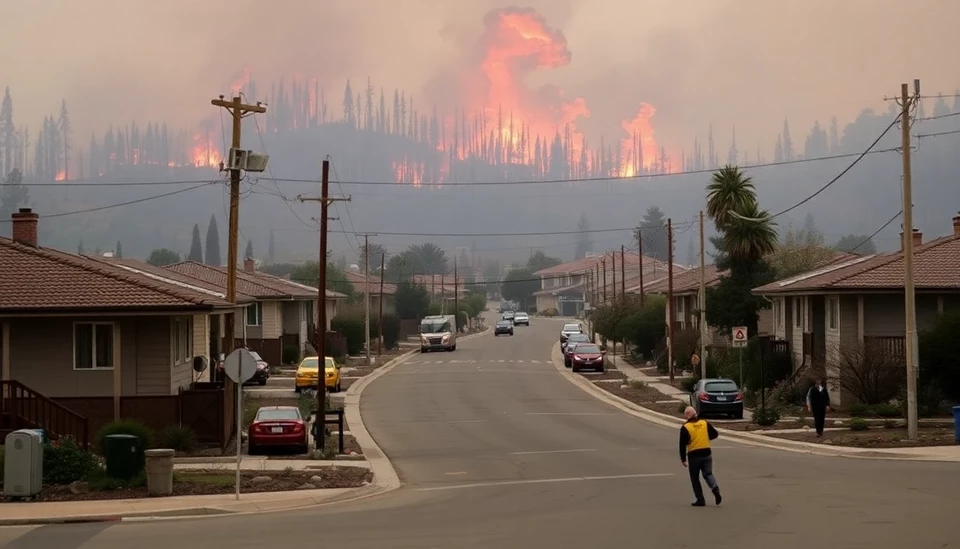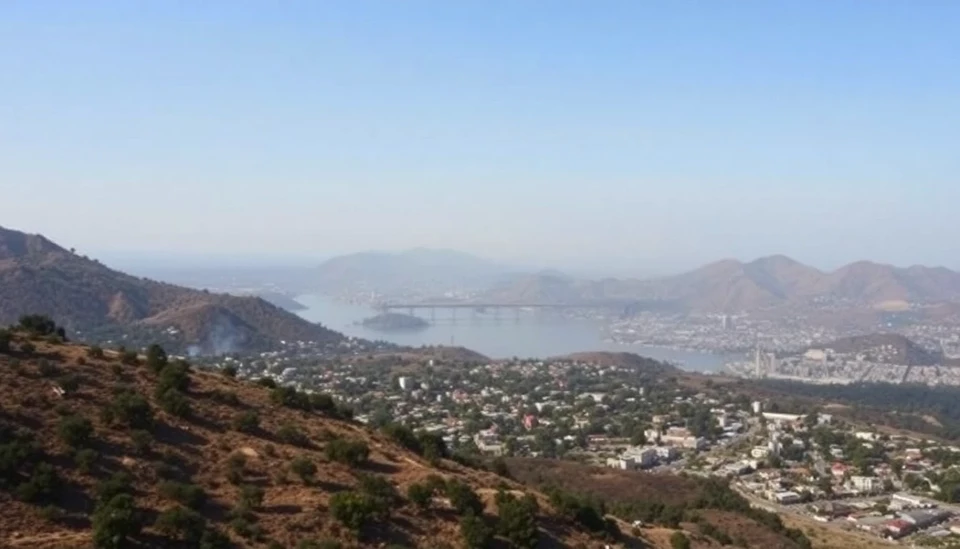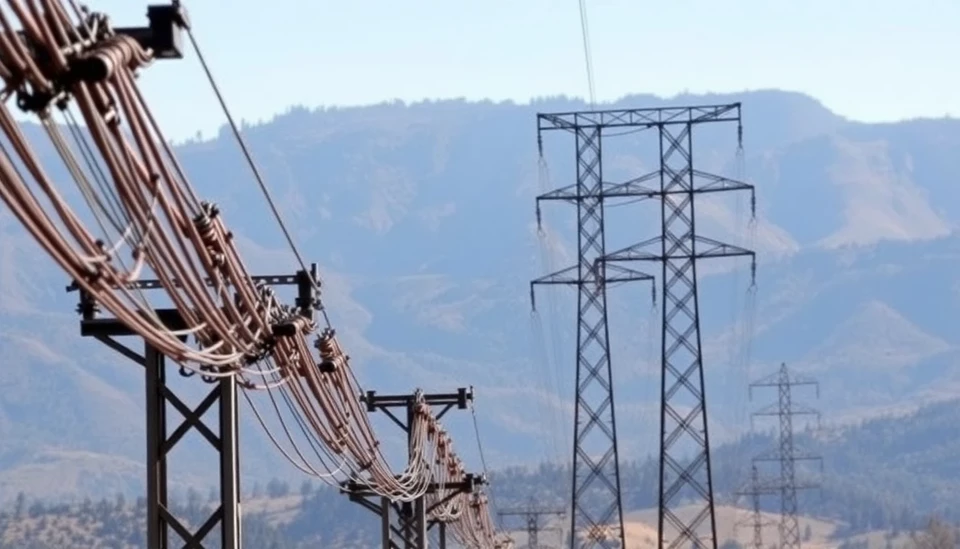
In California, high-voltage power lines have emerged as a significant fire hazard, sparking concerns among officials and residents alike. Recent investigations have revealed that these power lines, owned by large utilities, are often poorly maintained and pose a risk of igniting catastrophic wildfires. With the state's dry climate and strong winds, the combination of malfunctioning equipment and environmental conditions makes for a perfect storm.
The issue of high-voltage power lines has been brought to the forefront after numerous incidents where utility operations have been implicated in starting devastating fires. The California Public Utilities Commission has been assessing the risks associated with these aging infrastructures, particularly in wildfire-prone areas. As the state continues to cope with the effects of climate change, the frequency and intensity of wildfires have dramatically increased, underscoring the urgent need for change.
The power companies responsible for these lines, such as Pacific Gas and Electric (PG&E), have faced considerable scrutiny and criticism. Investigations have shown that their lines have caused some of the most devastating wildfires in history, leading to a reckoning over corporate responsibility and infrastructure reliability. As regulators push for reforms, many consumers remain fearful about the safety of their community.
In response to growing public apprehension, utility companies are being urged to implement more rigorous maintenance practices and invest in technology that could substantially mitigate risks. This includes adopting measures such as equipment monitoring systems that can detect faults before they lead to disasters, and insulating wires to prevent sparks from causing fires.
Moreover, the California governor's office has indicated a need for a comprehensive review of existing policies governing power line safety and wildfire prevention. Despite the push for stricter regulations, the path forward is fraught with challenges, particularly in balancing energy needs with safety concerns. Advocates argue that without proactive measures, the state is likely to see more wildfires, more damage, and more loss of life.
Community engagement is another crucial aspect of the conversation surrounding high-voltage power lines. Many Californians are demanding a seat at the table when discussing safety protocols and infrastructure improvements. Local stakeholders are calling for transparency from utility companies and governmental bodies to ensure that concerns are heard and addressed.
Ultimately, while the situation remains dire, there is hope for progress through refined policies, enhanced safety measures, and strengthened community ties. The call to action is clear: California must confront the risks posed by high-voltage power lines head-on to protect both its residents and its natural landscapes from further fire devastation.
With fire season looming, the urgency for effective solutions is paramount. Experts are advocating for not only immediate actions but also long-term strategies to address the vulnerabilities inherent in the state's electrical grid. It remains to be seen how regulators and utility companies will react to the growing tide of public concern, but one thing is certain: the need for change is urgent and unavoidable.
#CaliforniaWildfires #PowerLineSafety #UtilityReform #WildfirePrevention #PGandE #ClimateChange #PublicSafety
Author: Megan Clarke
